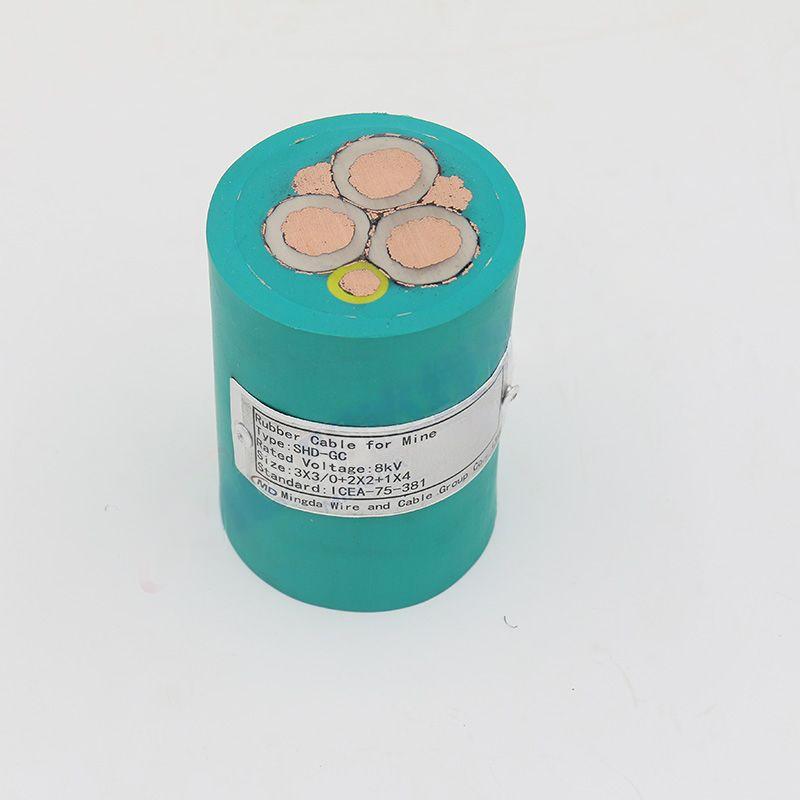ທ.ວ. . 13, 2024 00:15 Back to list
Durable Cast Iron Foot Valves for Efficient Water and Fluid Control Solutions
The Significance of Cast Iron Foot Valves in Modern Applications
Cast iron foot valves are essential components in various industrial and agricultural applications, serving a crucial role in the management and control of fluid flow. By understanding their structure, functionality, benefits, and applications, we can appreciate why foot valves are integral to many systems.
What is a Cast Iron Foot Valve?
A foot valve is a type of check valve located at the bottom of a suction line in a pump system. The primary function of a foot valve is to prevent the backflow of fluid into the source when the pump is not operating. Typically crafted from cast iron, these valves are characterized by their durability and resilience, making them highly suitable for numerous demanding environments.
The construction of cast iron foot valves includes a valve body, a strainer, and a check mechanism. The strainer prevents large particles from entering the pump system, thus protecting equipment from potential damage. The check mechanism allows fluid to flow toward the pump while preventing reverse flow, ensuring that the pump maintains prime and operates efficiently.
Advantages of Cast Iron Foot Valves
1. Durability Cast iron is renowned for its strength and longevity. Foot valves made from this material can withstand harsh conditions, including temperature fluctuations, corrosion from various fluids, and physical impacts. This durability reduces maintenance costs and downtime, making cast iron foot valves a reliable choice for industries.
2. Weight and Stability The weight of cast iron provides stability in installations, reducing movement and vibration that can compromise system integrity. This stability ensures that the foot valve remains properly positioned in the fluid source, further enhancing performance.
3. Cost-Effectiveness While the initial investment may be higher than other materials, the long lifespan and low maintenance requirements of cast iron foot valves lead to significant savings over time. Their efficiency in operation contributes to reduced energy costs associated with pump systems.
cast iron foot valve

4. Versatility Cast iron foot valves are suitable for various applications, including irrigation systems, wastewater management, and industrial fluid processing. Their ability to function in diverse environments makes them an adaptable solution for many industries.
Applications of Cast Iron Foot Valves
1. Agriculture In agricultural environments, foot valves are critical for irrigation systems. They ensure that pumps maintain prime, allowing for consistent water supply to crops. The durability of cast iron helps in fields where equipment is subject to soil exposure and weather conditions.
2. Water Supply Systems In municipal water supply systems, cast iron foot valves play a vital role in maintaining water pressure and preventing backflow in pumping stations. Their reliability helps utility companies provide uninterrupted service to communities.
3. Industrial Processes Many manufacturing processes involve the movement of fluids, whether for cooling, cleaning, or chemical processing. Cast iron foot valves are integral to the efficient operation of these systems, ensuring that fluid dynamics remain controlled and effective.
4. Wastewater Management In wastewater treatment facilities, foot valves prevent backflow in various pumping configurations, maintaining efficiency in fluid processing. Their corrosion resistance is particularly beneficial in managing harsh wastewater environments.
Conclusion
Cast iron foot valves are fundamental components in fluid management systems across various sectors. Their durability, cost-effectiveness, and versatility make them ideal for applications ranging from agriculture to industrial processes. As industries continue to evolve and face new challenges, the reliable performance of cast iron foot valves will remain essential for ensuring effective fluid control. By investing in quality foot valves, organizations can enhance the efficiency and efficacy of their systems, ensuring long-term operational success. Understanding the significance of these valves empowers engineers and operators alike to make informed decisions that enhance system reliability and performance across numerous applications.
Share